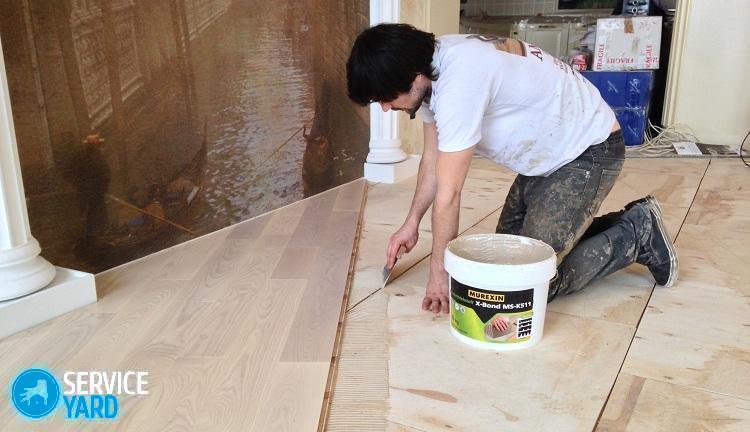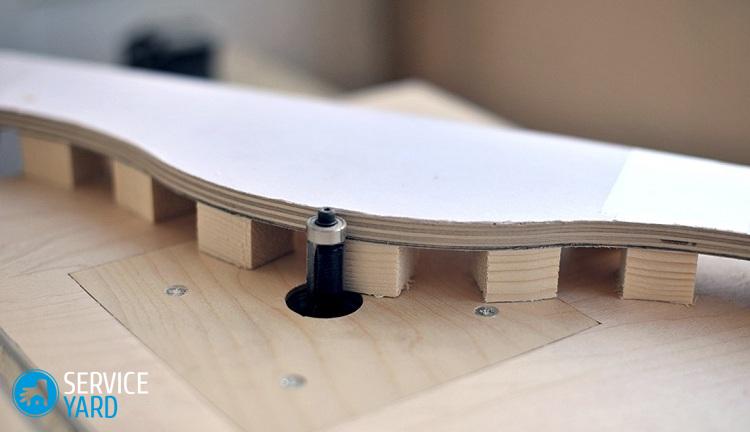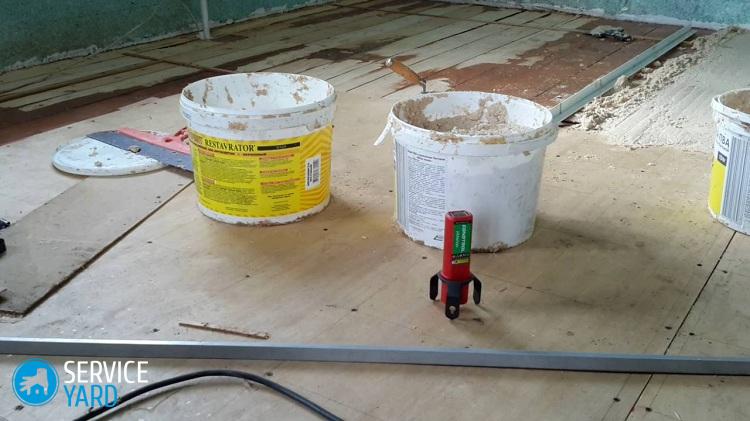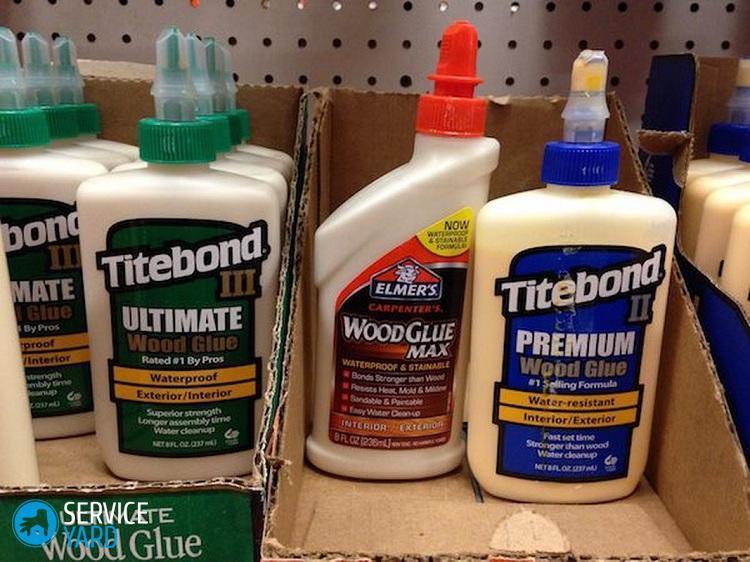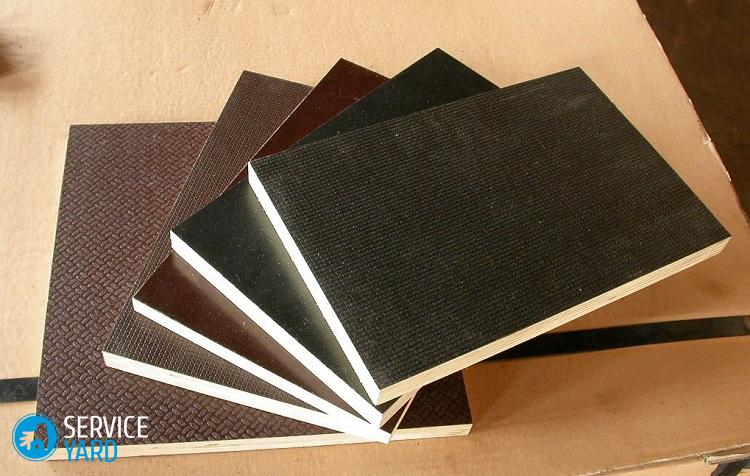Glue for plywood
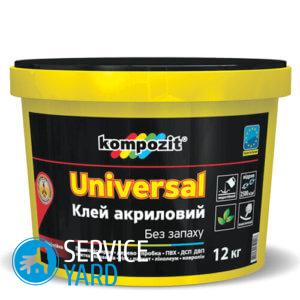
Plywood is often used to warm the floor and level it. It conducts heat about 5 times worse than a concrete base, so the thermal insulation characteristics of the material are well expressed. In addition, the intermediate material serves as a shock absorber and helps to redistribute the load on the floor. All this extends the working life of the floor covering. Glue for plywood - this is one of the ways to fix the material on a concrete surface. This article is an overview of the main types of adhesives. After reading it, you can choose the right glue according to the characteristics.
to contents ↑Advantages of adhesive mounting
Most finishing floors, such as parquet or laminate flooring, require a flawlessly even floor surface. The benefits of a plywood base include:
- Quick ground preparation.
- Perfectly smooth surface, ideal for finishing flooring.
- An additional layer with heat and sound insulation effect.
- Low cost of material.
- Good adhesion.
Using plywood sheet allows you to get a reliable and solid foundation. At the same time, the technology of work is extremely simple, not requiring special expensive equipment and skills to perform construction work. Many types of glue are universal. They are suitable for use in damp rooms and when installing a warm floor.
to contents ↑Classification and properties
Glue for plywood on a concrete floor can be based on epoxy resin, vinyl acetate or polyurethane. Consider the main characteristics of adhesives.
2-component epoxy
Consists of 2 parts that must be mixed before application. Full cure time is 5 days.
Important! Disadvantage: it releases substances hazardous to health until it sets completely.
PVA
Ecologically safe composition, not prone to fire. Well suited for moisture resistant plywood grades. There are also disadvantages:
- Limited area of use. The maximum height difference of the floor is 2 mm.
- Long drying time - 7 days.
- Insufficient strength. In addition to attaching plywood to glue, self-tapping screws will also be required.
One-component polyurethane
The composition of the viscous consistency, solidifying within 1-2 days. The hardened adhesive layer is not inferior in strength to concrete. It has good elasticity.
Important! There is a drawback: until complete polymerization, the adhesive releases harmful substances into the air.
Two-component polyurethane
Viscous composition to be applied with a spatula. Before use, the components of the adhesive are mixed together. It freezes in about half an hour.
Important! Disadvantage: too much mixture cannot be cooked, as it will solidify quickly and will be unsuitable for use.
Alcohol Composition
This adhesive for screed plywood contains rubber, resins and solvents. Differs in high adhesion, dries in about three days. Disadvantage: content of volatile harmful substances (before solidification). Work with such a mixture only with glasses and gloves.
to contents ↑Important! Adhesives - epoxy, as well as alcohol or polyurethane, after complete polymerization become completely safe. But when applying, you must follow the safety rules: work with glasses and gloves, ventilate the room. The safest and most environmentally friendly option is a water-based mixture.
Glue consumption
Here is a simple pattern: the smoother the surface, the less glue for plywood on the wooden floor will be required. The consumption of the adhesive composition is also influenced by factors such as the quality of the plywood sheet and the concrete base, their absorbency. Compliance with the application technology and the correct selection of tools help reduce material consumption.
For an approximate calculation of the flow rate of the adhesive, you need the following data:
- Base area.
- If the surface is porous and (or) uneven, then it is better to take the glue with a margin: it will probably need more than what was calculated.
- To fix the sheet more firmly, the adhesive is applied in 2 layers: the subsequent one - after the complete polymerization of the previous one.
- Viscous composition is best distributed with a notched trowel. It is advisable to apply the liquid product with a paint brush or roller.
to contents ↑Important! Consumption of mastic for plywood on a concrete floor varies between 0.5-1.5 kg / m2.
Drying speed
This is one of the most important factors when choosing a composition:
- Two-component compositions are the champions in polymerization rate. They freeze for 24 hours. At the same time, you do not need to fix the sheet on the screws.
- 3-5 days is the period of solidification of the compounds. Before applying the solvent, the screed must be primed. It is necessary to additionally fix the plywood with self-tapping screws.
- Water-dispersed base. Such products dry out in about a week. To improve the adhesion between plywood and concrete, the concrete base is treated with a primer from glue diluted with water.
Having studied the properties and instructions for various means, you yourself will decide the question of how to glue plywood to concrete.
to contents ↑Laying Technology:
- The first thing to check is the degree of moisture in the concrete. If the base is wet, then plywood cannot be laid. The degree of humidity of the concrete is determined by covering the area with polyethylene and fixing it with adhesive tape. If after 5 days the film is dry, you can safely proceed to laying the plywood base.
- Sheets are cut with a grinder or a jigsaw. It is most convenient to use for installation with pieces of 500x500 mm.
- They are laid on concrete, cleaned of debris and dust.
- It is advisable to primer concrete with an aqueous solution of glue or a special primer.
- The glue is applied to the screed in a convenient way. Before he begins to set, plywood sheets are mounted.
- After the adhesive has hardened, the surface of the plywood is treated with a grinding machine.
Important! Before laying, plywood sheets should be laid in the room for several days. Such “acclimatization” is a prerequisite.
Stacking requirements:
- The presence of gaps of 7-15 mm around the perimeter of the room.
- The floor should be horizontal. Permissible deviation from the level is 2 mm.
- When tapped, a properly laid floor gives a solid sound that is uniform across the entire area. A muffled sound indicates that the plywood has peeled off, and this section needs to be re-glued.
Stock footage
If everything is done correctly and neatly, the base for the finish coating is impeccable, and with minimal time.
- How to choose a vacuum cleaner taking into account the characteristics of the house and coatings?
- What to look for when choosing a water delivery
- How to quickly create comfort at home - tips for housewives
- How to choose the perfect TV - useful tips
- What to look for when choosing blinds
- What should be running shoes?
- What useful things can you buy in a hardware store
- Iphone 11 pro max review
- Than iPhone is better than Android smartphones



